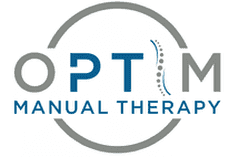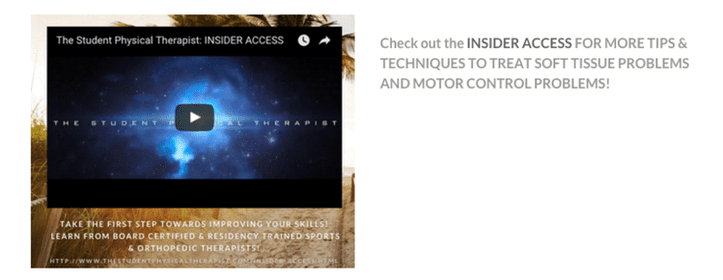- Home
- About Us
- TSPT Academy
- Online Courses
-
Resources
- Newsletter
- Business Minded Sports Physio Podcast
- Day in the Life of a Sports PT
- Residency Corner
-
Special Tests
>
-
Cervical Spine
>
- Alar Ligament Test
- Bakody's Sign
- Cervical Distraction Test
- Cervical Rotation Lateral Flexion Test
- Craniocervical Flexion Test (CCFT)
- Deep Neck Flexor Endurance Test
- Posterior-Anterior Segmental Mobility
- Segmental Mobility
- Sharp-Purser Test
- Spurling's Maneuver
- Transverse Ligament Test
- ULNT - Median
- ULNT - Radial
- ULNT - Ulnar
- Vertebral Artery Test
- Thoracic Spine >
-
Lumbar Spine/Sacroiliac Joint
>
- Active Sit-Up Test
- Alternate Gillet Test
- Crossed Straight Leg Raise Test
- Extensor Endurance Test
- FABER Test
- Fortin's Sign
- Gaenslen Test
- Gillet Test
- Gower's Sign
- Lumbar Quadrant Test
- POSH Test
- Posteroanterior Mobility
- Prone Knee Bend Test
- Prone Instability Test
- Resisted Abduction Test
- Sacral Clearing Test
- Seated Forward Flexion Test
- SIJ Compression/Distraction Test
- Slump Test
- Sphinx Test
- Spine Rotators & Multifidus Test
- Squish Test
- Standing Forward Flexion Test
- Straight Leg Raise Test
- Supine to Long Sit Test
-
Shoulder
>
- Active Compression Test
- Anterior Apprehension
- Biceps Load Test II
- Drop Arm Sign
- External Rotation Lag Sign
- Hawkins-Kennedy Impingement Sign
- Horizontal Adduction Test
- Internal Rotation Lag Sign
- Jobe Test
- Ludington's Test
- Neer Test
- Painful Arc Sign
- Pronated Load Test
- Resisted Supination External Rotation Test
- Speed's Test
- Posterior Apprehension
- Sulcus Sign
- Thoracic Outlet Tests >
- Yergason's Test
- Elbow >
- Wrist/Hand >
- Hip >
- Knee >
- Foot/Ankle >
-
Cervical Spine
>
- I want Financial Freedom
- I want Professional Growth
- I want Clinical Mastery
|
One of the most difficult issues about treating patients with chronic pain is that they typically don't respond to manual treatments and exercise the same way more acute injuries do. Those with acute injuries will often have significant changes in pain, mobility and more either within treatment or within a couple days. A patient with pain that is chronic in nature requires a different treatment approach. Education plays an essential role with these patients. With the lack of correlation between pain and structural pathology, part of our role as physical therapists is to make sure our patients do not get dragged into the state of mind that a pathological diagnosis can be assicated with and instead empower them to become aware of the link between various parts of their brain and their pain. Following the initial evaluation, I often give my patients a pain questionnaire to assess their initial beliefs on their condition and prescribe that they watch the 2 videos below in order to initiate discussion at follow up visits. Some additional beneficial resources include the books Explain Pain and Therapeutic Neuroscience Education. -Dr. Chris Fox, PT, DPT, OCS
2 Comments
3/30/2017 01:01:19 am
his article is relenting to the work on the medical student. This video is describe how to work in laboratories and safe your body with the different chemical. Every institute first of all convey the bookish knowledge and then provide the chance partially work.
Reply
3/28/2024 12:13:54 am
This comment highlights the complexities of treating chronic pain compared to acute injuries, emphasizing the importance of education in managing such cases, especially within the context of a Masters dissertation. It acknowledges the unique challenges posed by chronic pain's limited response to traditional treatments and underscores the need for a tailored approach. By recommending resources like pain questionnaires and educational videos, the commenter demonstrates a proactive stance in empowering patients to understand and manage their condition effectively. Overall, it offers valuable insights into the holistic care of individuals experiencing chronic pain.
Reply
Leave a Reply. |
Dr. Brian Schwabe's NEW Book in partner with PaleoHacks!
Learn residency-level content on our
Insider Access pages We value quality PT education & CEU's. Click the MedBridge logo below for TSPT savings!Archives
July 2019
Categories
All
|








 RSS Feed
RSS Feed